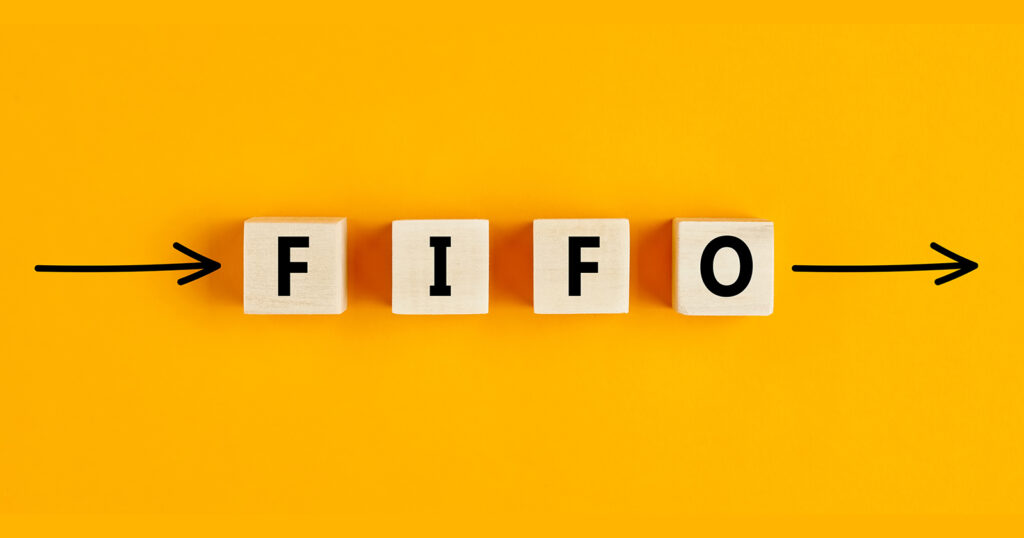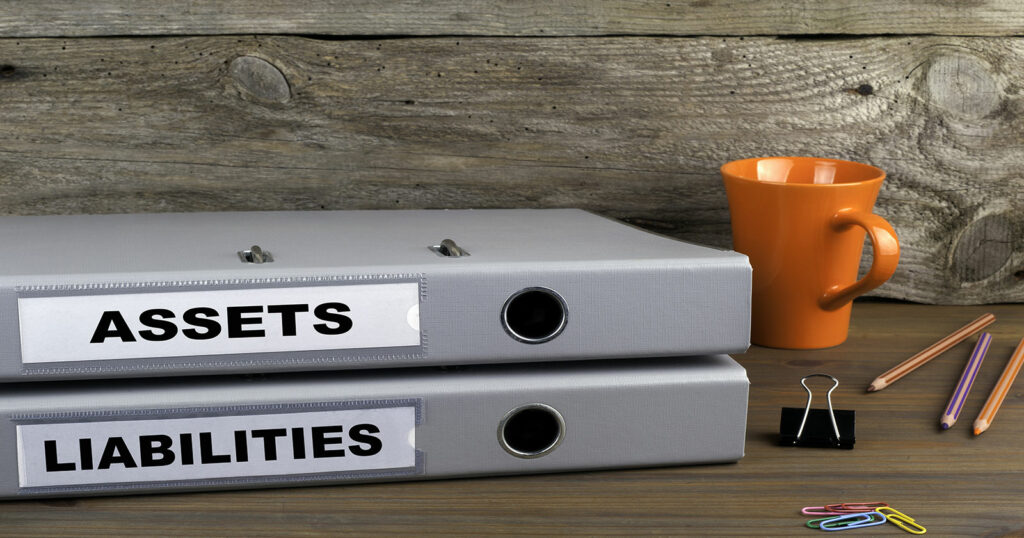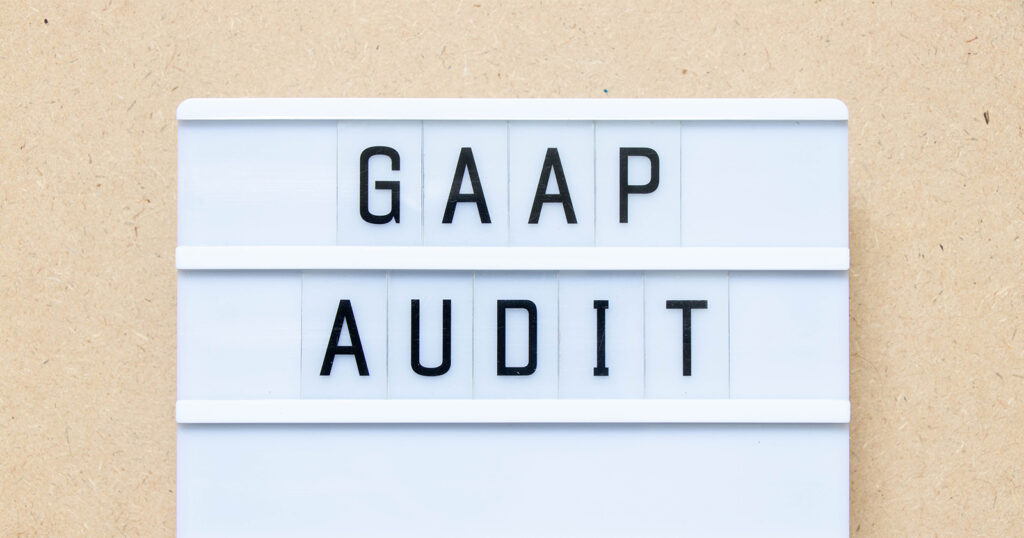Inventories are no doubt one of the most important topics to understand in financial statements. It is the main account on the balance sheet for any companies that are selling goods. Inventories also indirectly touch the income statement via the cost of goods sold.
There are many ways to value inventories and one of them is the “first in, first out” method or more commonly referred to as the “FIFO” method. A dive into the FIFO method along with an example will help understand this topic.

FIFO Defined and Explained
FIFO is short for First In, First Out and is one of the most popular methods used by companies to value their inventories. The concept is simple and is exactly as the name defines it; the first purchased or produced item will be the first one sold to a customer.
Using this logic, the cost of the oldest item purchased or produced will be included in the cost of goods sold on the income statement to determine profit whereas the last purchased or produced items remains in inventory and their cost will determine the balance of the inventory account on the balance sheet.
FIFO is a popular method used across industries and accepted by both US GAAP and IFRS. This is because FIFO tends to reflect a better image of inventories than the other two methods.
The inventory balance with the FIFO method will reflect a better picture but in turn, it tends to decrease the actual cost of goods sold on the income statement, which increases net profit. This can be a good thing for reporting to investors but can generate higher company income taxes.
Other Inventory Valuation Methods
The other two methods of valuing inventory are the Last In, First Out (LIFO) and the Average Cost.
LIFO – Last In, First Out is another way of accounting for inventory and the cost of goods sold. This method takes the last item produced or purchased and uses the cost of that latest item as sold to customers.
Cost of goods tend to go higher over time (due to inflation for example) which means that using the LIFO method will increase the cost of goods sold included on the income statement. This will ultimately decrease net profit and company’s income taxes.
The amount sitting in inventory will also be understated. Due to these limitations, the LIFO method is prohibited under IFRS. However, companies adopting US GAAP are allowed to use LIFO.
The Average Cost method will take the average cost of all items produced or purchased in order to determine inventory.
Read More:
What are Principles of Accounting? The Principles Explained
Average Income for Accountants (Income of a CPA Exposed)
FIFO Example

Let’s break it down and look at Carl’s Construction Company (“CCC”). CCC sells tiles and has 1,000 tiles in inventory. The 1,000 tiles are broken down as follows:
- 500 tiles were received by CCC about a month ago, on 1 December for a cost of $10 each.
- 300 tiles were received by CCC about two weeks ago, on 16 December for a cost of $15 each.
- The last 200 tiles were received by CCC a week ago, on 24 December for a cost of $17 each.
A customer decided to buy 600 tiles on 30 December so how much will be recorded as cost and how much will remain in inventory on 31 December?
Using the FIFO logic explained above, CCC is selling the tiles received first as a start. In order, the 500 tiles received on 1 December are sold first, then comes the 100 tiles received on 16 December to complete the 600 tiles order of the customer.
The total cost is illustrated as follows:
| Tiles sold | Cost |
| 500 tiles received on 1 December for $10 each | $5,000 |
| 100 tiles received on 16 December for $15 each | $1,500 |
| $6,500 |
A total of $6,500 will be recorded as cost of goods sold on the income statement for the 600 tiles sold.
We know that following this sale, there are 400 tiles left in inventory, which are composed of 200 tiles received on 16 December and the remaining 200 tiles received on 24 December.
Those tiles cost $15 and $17 each, respectively, which means a total of $6,400 remains in inventory on the balance sheet at 31 December.
FIFO: Final Thoughts and Recap
The FIFO method consists of taking the first items produced or purchased as the first sold to a customer. In the income statement, the cost of the oldest items in the inventory sold are included in the cost of goods sold.
That leaves the latest items purchased or produced sitting in inventory and used to determine ending inventory at period end. FIFO is the most popular method of inventory valuation accepted by both IFRS and US GAAP.
Other methods for valuing inventory and cost of goods sold are the LIFO and average cost methods.



